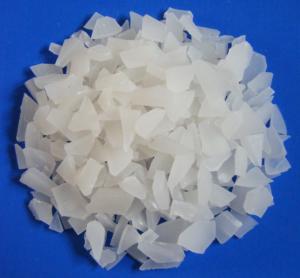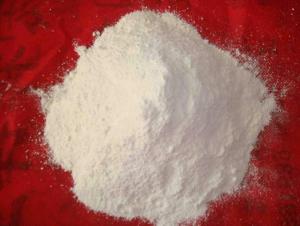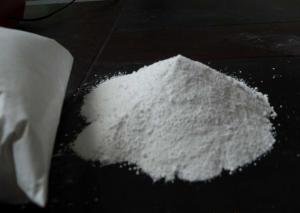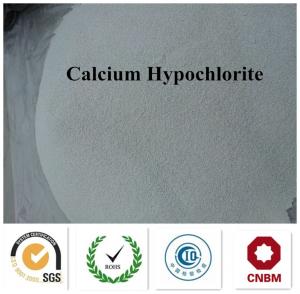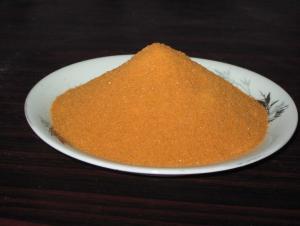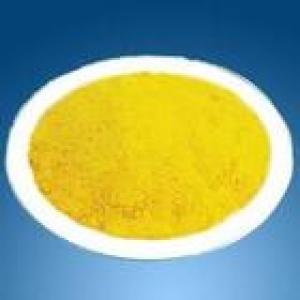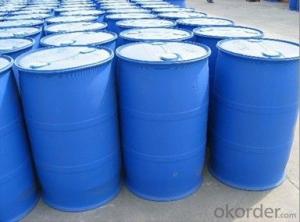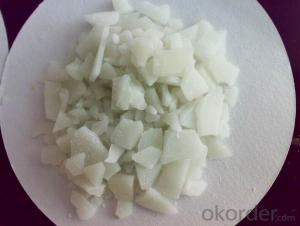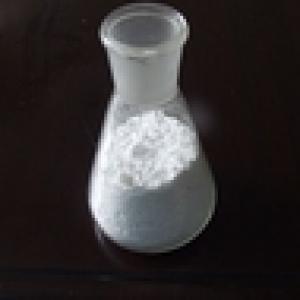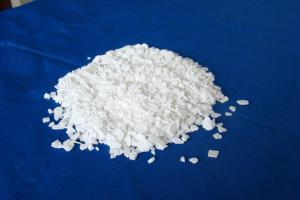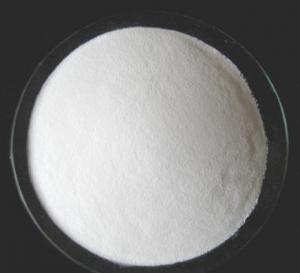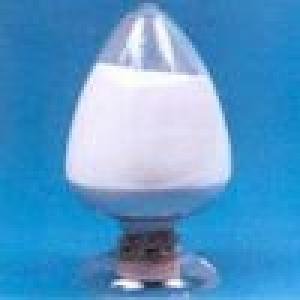High purity Paper making Water purifying Aluminium Sulfate
- Loading Port:
- Tianjin
- Payment Terms:
- TT OR LC
- Min Order Qty:
- 20 m.t.
- Supply Capability:
- 6000 m.t./month
OKorder Service Pledge
OKorder Financial Service
You Might Also Like
Aluminium Sulphate
Property:
It is white or grey flake,particle or massive crystallization.Apt to cake after moisture absorption when laid in air for a long time.A little green because of Fe2+ ,yellow when Fe2+ is oxided to Fe3+.Soluble in water easily,and water solution is acid.
Specification:
Item | Grande | ||
| Excellence | Grade A | Quality |
Apperance | White flake,lump,granular or powder | ||
Al2O3 % ≥ | 17.00 | 16.00 | 15.80 |
Fe % ≤ | 0.005 | 0.005 | 0.01 |
PH ≥ | 3.0 | 3.0 | 3.0 |
As % ≤ | 0.0005 | 0.0005 | 0.0005 |
Water Insoluble % ≤ | 0.1 | 0.2 | 0.3 |
Packing | PP/PE,50KG or 25KG/BAG | ||
Applications:
Water effluent treatment system It's used for purification of drinking water and wastewater treatment by settling of impurities by means of precipitation and flocculation.
Paper Industry It helps in sizing of paper at neutral and alkaline pH, thus improving paper quality (reducing spots and holes and improving sheet formation and strength) and sizing efficiency.
Textile Industry It is used for color fixing in Naphthol based dyes for cotton fabric.
Other Uses Leather tanning, lubricating compositions, fire retardants; decolorizing agent in petroleum, deodorizer; food additive; firming agent; dyeing mordant; foaming agent in firefighting foams; fireproofing cloth; catalyst; pH control; waterproofing concrete; aluminum compounds, zeolites etc.
1) Water effluent treatment system
It's used for purification of drinking water and wastewater treatment by settling of impurities by means of precipitation and
flocculation.
2) Paper Industry
It helps in sizing of paper at neutral and alkaline pH, thus improving paper quality (reducing spots and holes and improving
sheet formation and strength) and sizing efficiency.
3) Textile Industry
It is used for color fixing in Naphthol based dyes for cotton fabric.
4) Other Uses
Leather tanning, lubricating compositions, fire retardants; decolorizing agent in petroleum, deodorizer; food additive;
firming agent; dyeing mordant; foaming agent in firefighting foams; fireproofing cloth; catalyst; pH control; waterproofing
concrete; aluminum compounds, zeolites etc.
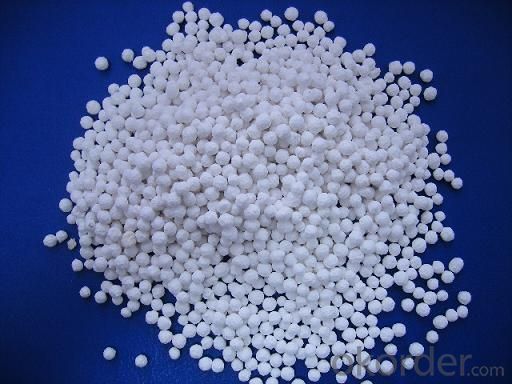
- Q: Are plants absorbing water and inorganic salts only through root tip or wrong? The
- This is wrong.
- Q: Why is the residue after burning known as coarse ash? And inorganic salt content What is the difference
- GB / T5009.4-2003 "Determination of ash in food" (a) the principle of a certain amount of samples after carbonization into the high temperature furnace burning, the organic matter is oxidized decomposition to carbon dioxide, nitrogen oxides and Water and other forms of escape, and inorganic substances to sulfate, phosphate, carbonate, chloride and other inorganic salts and metal oxide in the form of residual
- Q: After running the training is best to drink what drinks add inorganic salt
- You say drink, personally feel good luck!
- Q: The lack of symptoms and food sources of several inorganic salts
- Food sources of inorganic salts containing calcium Source: dairy products, beans, cereals, kelp and so on. Source: seafood, etc. Food of iron-containing inorganic salts Source: Fruits Containing iodine-containing inorganic salts Source (trace): seaweed, jellyfish, corn, mussels, etc. Zinc-containing inorganic salt food sources (trace): animal liver (viscera), fruit, peanuts, etc.
- Q: The inorganic portion of bone tissue is made of what complex mineral salt ?
- hydroxyapatite - Ca10(PO4)6.(OH)2 - which covers the calcium and phosphorous that are needed for bone development And just so you know, plants don't have "bones" - your question was posted in Botany.
- Q: Advertisements related to inorganic salts -.-,
- Calcium must be inorganic salt
- Q: Inorganic salts are not nutritious
- Nutritional substances are sugar protein fat three nutrients
- Q: is table salt organic or inorganic, why?
- if its found in nature its organic if its made by man its synthetic. table salt is found in the ocean so i guess it would be organic.
- Q: I am a candidate for this year's Harbin City, Jiqiu the standard answer, tomorrow I will test !!!
- is to maintain the cell within the acid-base balance, regulating osmotic pressure, maintaining the shape and function of cells. Such as calcium in the blood, and potassium ions.
- Q: What is the use of inorganic salts in plants? How is it discharged
- Not just light plants, for the body, the inorganic salts are essential. Can provide the necessary elements, including a large number of elements C, H, O, N, S, P, K, Ca, Mg. Trace elements Fe, Mn, B, Zn, Cu, Mo, Cl, Ni, etc. For plants, inorganic salts are also essential. The inorganic salts provide C, H, O are the essential elements of the constituents of the carbohydrate, N is the essential element that constitutes the protein, P is the essential element that constitutes ATP and DNA, and so on, including trace elements such as: B, Will cause the plants to flow only without fruit. These elements may be provided in the form of inorganic salts. So inorganic salts are necessary for plants. On the issue of discharge. Plants will use these elements, C, H, O synthetic carbohydrates, in the role of respiration when the decomposition of carbon dioxide and water to the nature of the. Plants also store oil and fat, protein, such as peanut oil and protein content is high. In general, the plant is the inorganic salt into organic matter and stored, through the decomposition of part of the organic matter to breathe in the form of other inorganic substances. Apoptosis is also the way in which the inorganic salts it absorbs are discharged in the form of organic matter. In general, the inorganic salts absorbed by the plant are discharged in the form of other inorganic substances (respiration) or in the form of organic matter (apoptosis). Plants will use these inorganic salts.
Send your message to us
High purity Paper making Water purifying Aluminium Sulfate
- Loading Port:
- Tianjin
- Payment Terms:
- TT OR LC
- Min Order Qty:
- 20 m.t.
- Supply Capability:
- 6000 m.t./month
OKorder Service Pledge
OKorder Financial Service
Similar products
Hot products
Hot Searches
